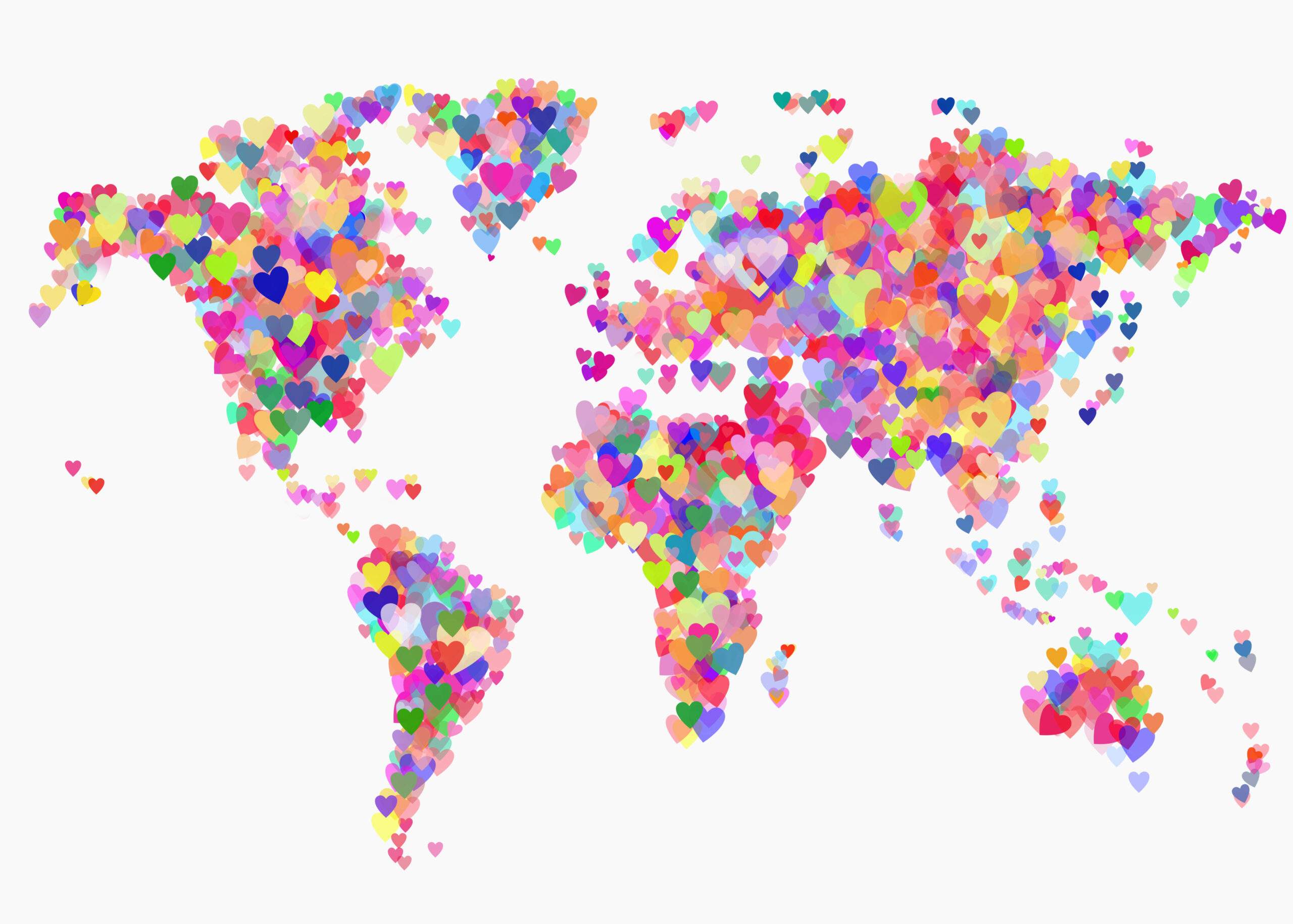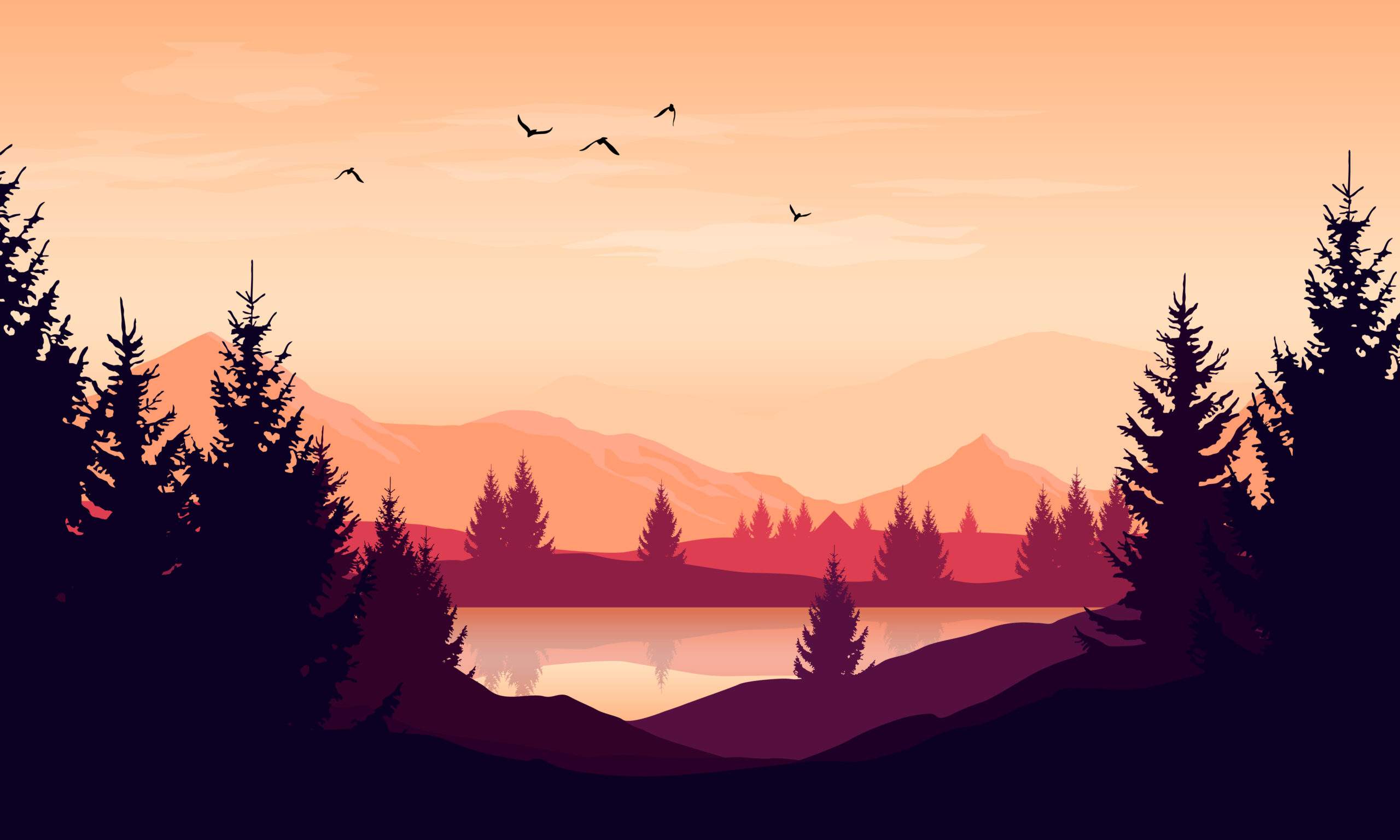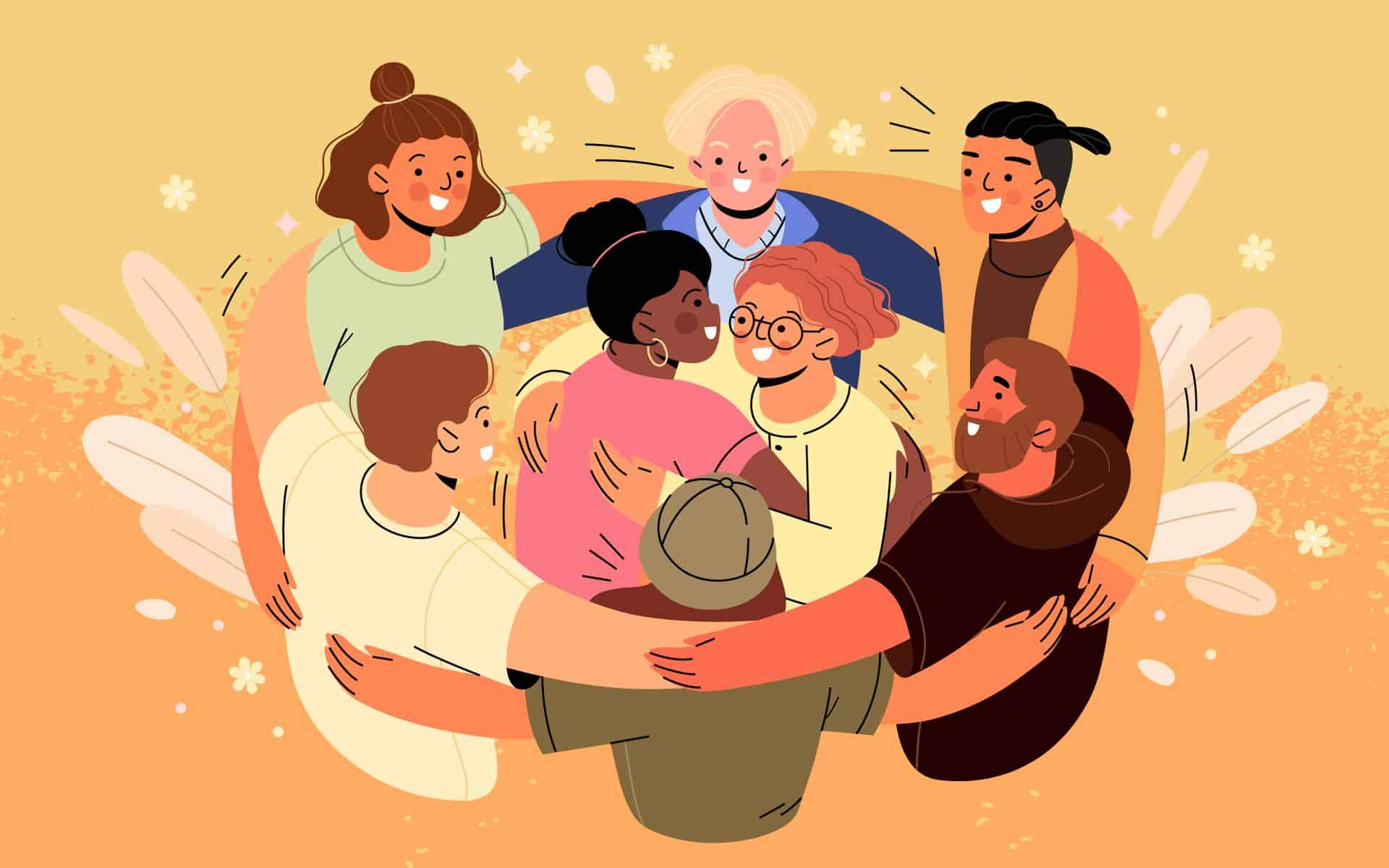Awe—it’s one of our most profound emotions. According to evolutionary psychologist Dacher Keltner, founder of the Greater Good Science Center, it happens when something vast stretches the limits of our frame of reference. Big vistas induce awe. So do big ideas: ones that reveal inter- connections and reorient what we think we know, reframing our way of looking at the world. Keltner helped develop the Awe Walk, where we intentionally expose ourselves to awe-inspiring environments.
I took a big awe walk in December 2019, to the National Mall to visit the two newest buildings in the Smithsonian Institution’s 19 museums: the anachronistically named National Museum of the American Indian (opened 2004) and the National Museum of African American History and Culture (2016). I recounted my visit to the latter museum in the Winter issue, and now I pick up the story as I traveled southeast across the mall to visit an area dedicated to celebrating the Indigenous peoples of the Americas.
A wetland garden embraces the ever-curving golden-colored limestone surface of the building itself. It feels organic, rising out of the earth and yet part of it. Inside, the fluidity continues as sculpted walls, free of sharp corners, and an atrium stretching to the sky connect earth to the heavens on every floor.
In the African American museum, the experience begins deep in a sub-basement depicting the claustrophobia of the middle passage. Here, you begin on the top floor, “Our Universes,” a walk through the cosmologies of eight different peoples. But “cosmologies” feels too complicated to capture the intimate relationship between people and environs displayed there. Each of the peoples’ way of ordering the world—the four directions, colors, animals, plant life, seasons, elements— is captured in a holistic diagram, a medicine wheel, that evokes the kind of big idea Keltner talks about: Our environment and the events therein are larger than any person can control, so rather than seek control, best to seek to live in sync with and take care of the world we’re given. I was awestruck by the feeling of seeing the world in that ancient, larger framework.
Five hundred years later, with the earth groaning under so much ownership, we could use some kinship and stewardship.
Crossing the hall, I entered “Nation to Nation,” recounting the treaty process at the time of colonization. This tale of clashing world views unfolding disastrously for Indigenous peoples is as sad as the cosmologies are up-lifting. Indigenous peoples had engaged in treaties for millennia, based on oral tradition and ceremony. While the “European powers that sought to exploit the lands and resources of North America were hierarchical, command-driven monarchies,” the tribes operated based on kinship ties. The Europeans saw treaties largely as static documents establishing ownership rights. In general, the tribes viewed the treaties as rites of friendship that needed ongoing renewal and a mutual understanding not so much of “ownership,” but rather shared stewardship. After reading this, I had to sit down, take some deep breaths, and contemplate. Five hundred years later, with the earth groaning under so much ownership, we could use some kinship and stewardship.
Finally, I went one floor down to “Americans,” a sprawling exhibit that tells of wars, removal, “civilization,” and the incorporation of Native American symbology into all corners of American popular culture. The high, long walls of a cathedral-like space are saturated with Indian- themed logos, packaging, products, and ads for cigarettes, motorcycles, butter, flour, sports teams, TV shows, vegetables, guns, and on and on. As I wandered, awe-drunk, out of this exhibit, it saddened me to see the legacy of Indigenous peoples reduced to consumerist cartoon images, when the real lessons of forging sacred relationships to the land and each other is what we need now more than ever.
Note: some of the exhibits were scheduled to change in late 2021. Because of the pandemic, the timing is now not certain. Ample resources for discovering these exhibits exist online.
READ MORE
Bringing Deeper Awareness to Your Land Acknowledgment
Mindfulness teacher Rose Mina Munjee explores why Indigenous land acknowledgments matter, and
offers a guide for writing a land acknowledgment as a practice to expand awareness and encourage justice. Read More
Building a Way Forward By Knowing Our Past
Explore three tools that can help us gain appreciation for the past and develop awareness for the future. Read More
Eight Ways Awe Boosts Your Well-Being
Research suggests that awe can make you happier, healthier, more humble, and more connected to the people around you. Read More









